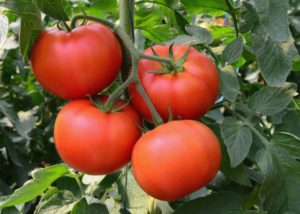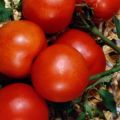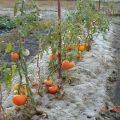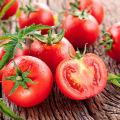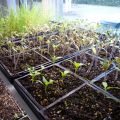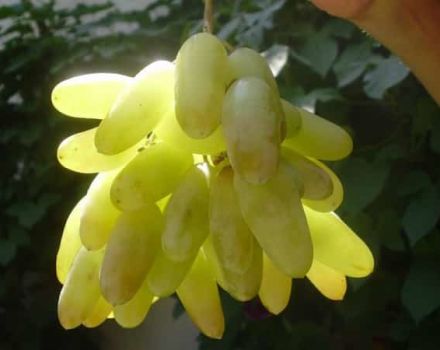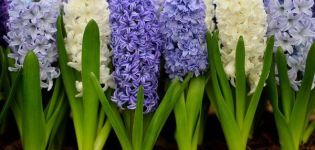Description of tomato variety Drying, its characteristics and cultivation
Tomato Drying f1 belongs to a variety of mid-season hybrid varieties. The variety is actively grown by farms in Russia, Ukraine and Moldova. The plants are considered super-yielding and are intended for growing in film structures, including unheated structures. Today the seeds are sold by the originators "Gavrish" and "VNIIO". The form of selling seeds is standard and they are sold in the form of paper packaging containing a certain amount of planting material.
The time from the moment of planting to the receipt of the first yield of the crop is from 111 to 117 days. Working time with planting material depends on the climatic conditions of the region.
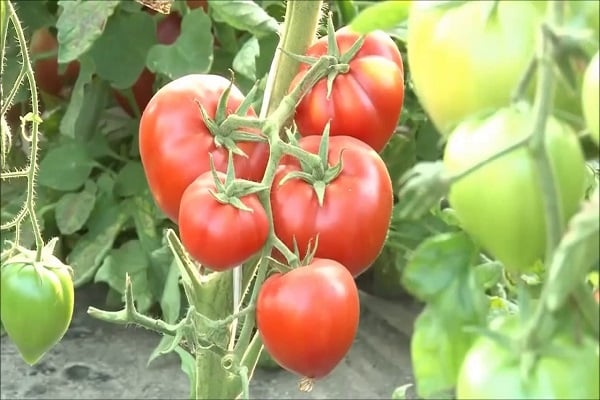
The characteristic of the variety refers it to a variety of the type of indeterminate species, which determines the high growth of shoots. The height of the bush can reach 2 meters. The leaf plates are dark green in color and the standard shape found in most tomatoes.
Due to the considerable height of the bushes, the plant requires a garter. With a large number of fruits in the shoot brush, it may be necessary to tie individual branches.
The advantage of the variety is the plant's resistance to high temperatures. The strengths of the hybrid are resistance to tomato diseases such as cladosporium, fusarium, TMV.
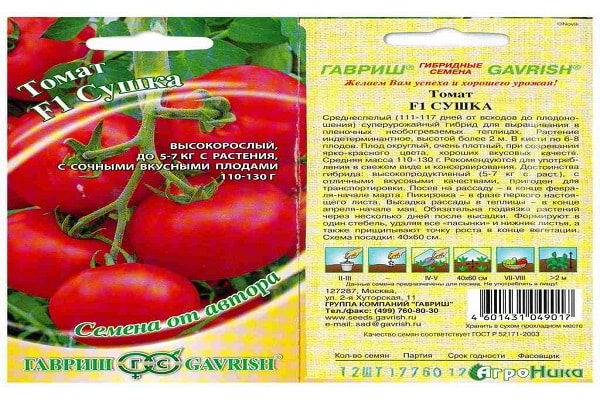
Description of the advantages of tomato and the main advantages of the variety:
- high productivity and yield of the plant;
- excellent taste;
- ability to withstand difficult transportation conditions.
The fruits of the plant can be used for fresh consumption, salads and winter preparations.
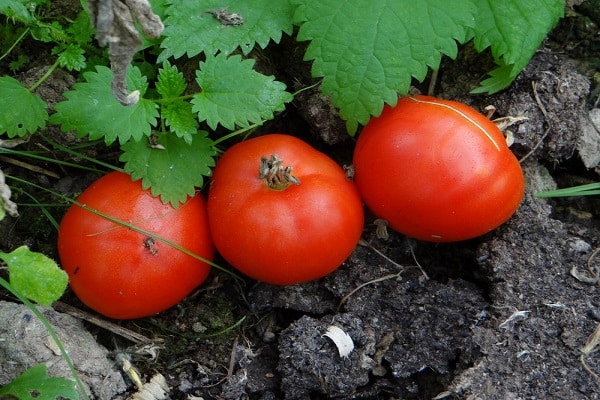
Description of fruits
Drying tomatoes have a rounded shape and rich bright color. The average weight of one tomato varies from 110 to 130 grams. On average, 6 to 8 fruits ripen in one brush. With proper care, about 6 to 7 kg of vegetables are removed from one plant bush.
Gardeners' reviews emphasize the good taste of mature vegetables. A special quality of a tomato is the meatiness of the fruit and the presence of a characteristic tomato aroma and taste. Fruits are "dried" for 3 months, after which it is possible to obtain good yield indicators.
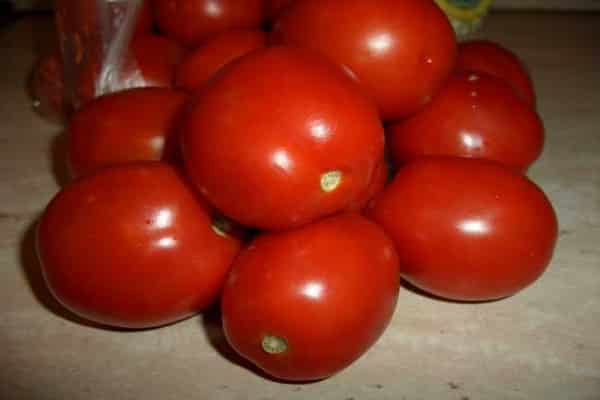
Features of planting and growing
The agricultural technique of working with a plant is standard and does not require specific skills. The cultivation is carried out in seedlings. Sowing is carried out depending on the desired harvest time and climatic conditions of the region. The planting period is considered to be the time interval from late February to mid-March.
In connection with the processing of seeds by the manufacturer, additional actions in terms of the preparation of planting material are not required.
When the first true leaf appears, a pick of young seedlings is carried out. When warm temperatures come and the threat of frost has passed, they can be planted in a permanent growing place. For most Russian regions, May is considered a possible landing time. The optimal layout is considered to be 40 × 60 cm. At 1 m2 there should be no more than 3 or 4 bushes of the plant. The following garden crops are considered the best predecessors for planting tomatoes:
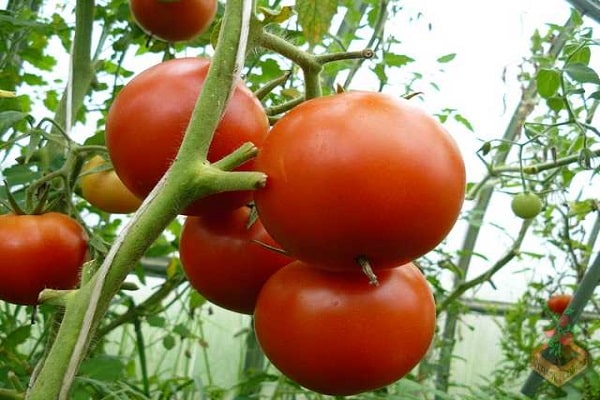
- cucumber varieties;
- zucchini;
- cauliflower;
- greens in the form of dill or parsley;
- carrot.
A few days after transplanting seedlings, it is recommended to provide the seedlings with additional support and tie up the plants. The shoots are formed into one stem, periodically removing the stepchildren and the lower leaf plates. At the end of the growing season, it is necessary to pinch the growing point.
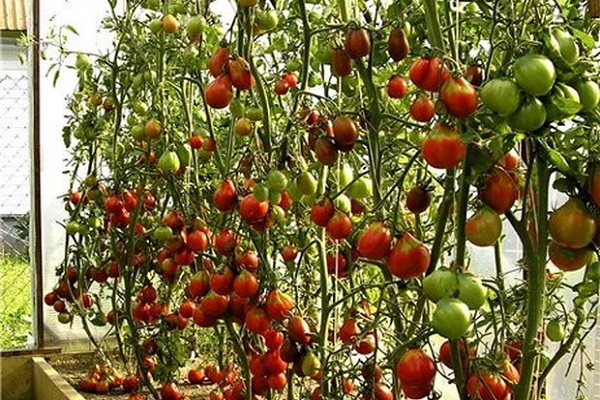
The variety does not impose special conditions on the cultivation technique. Tomato cuttings need timely watering, weeding from weeds, loosening for a better supply of oxygen and nutrients. The plant responds well to feeding with mineral complexes.

